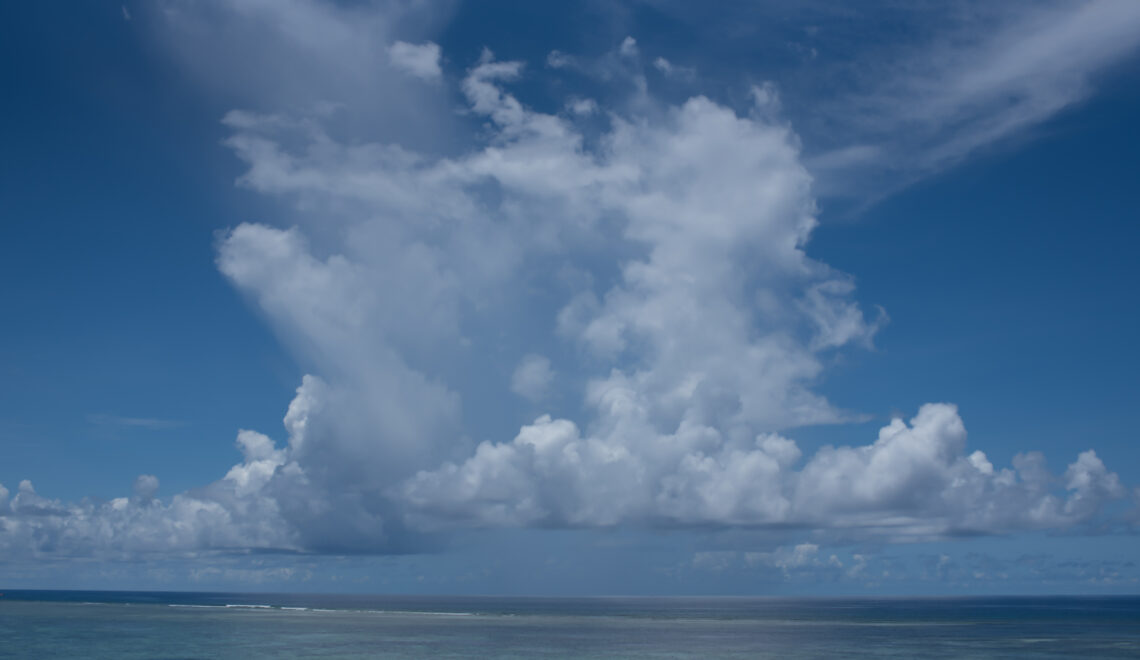Extending the fire risk forecasts to sub-seasonal scale allows rescue services and other authorities to prepare for potential forest fires earlier in advance, which can reduce the negative impact caused by forest fires. A statistical model forecasting potential fire risk for boreal forest conditions on sub-seasonal scale was developed and evaluated.
CECILIA WOLFF, ANDREA VAJDA, OTTO HYVÄRINEN
Finnish Meteorological Institute
Since 1996, the Finnish Meteorological Institute (FMI) operationally monitors favourable conditions for potential forest fires and issues short-range warnings in Finland based on the Finnish Forest Fire Index (FFI) (Venäläinen and Heikinheimo 2003, Vajda et al. 2014). Forest fire risk predictions at the sub-seasonal scale are still rare and have not been studied at FMI yet.
A statistical model originating from the FFI, which is determined from the volumetric soil moisture (V), was developed with the aim to estimate the fire risk on sub-seasonal scale. To decide which meteorological parameters to include in the new model, a cross-validation using the validation set approach was first performed. Further, a linear regression was applied on an interpolated gridded dataset for the summer season 2003 to 2015 over Finland. The dataset consists of computed V (12 UTC) and 12 UTC observations of 2m temperature (T), relative humidity (RH) and daily accumulated precipitation (RR). As surface parameters change much slower than atmospheric parameters, the one-week moving average of surface parameters was used. The final statistical model is as follows:
log(V) = a Tweekly average + b RRweekly average + c RHweekly average + d
The constants were determined by least-square fitting to the data; a = -0.34, b = 0.08, c = 0.03 and d = 5.81. Last, the V is converted to FFI and scaled to range between 1 (wet) and 6 (dry).
The model was evaluated for Finnish conditions using re-forecast data from ECMWF’s extended range forecast system (ENS) (ECMWF 2016) for the time period 2008 to 2016. The predicted FFI and the input parameters were verified against an observation dataset using standard verification methodologies (Fig. 1). The predicted potential fire risk (FFI>4.0) was underestimated by the model. Temperature (correlation: 0.92 to 0.26) has the highest skill of the parameters, but the skill of both RR (correlation: 0.57 to -0.13) and RH (correlation: 0.76 to -0.08) is lower, showing a significant drop after the first lead week. Following the evaluation, model improvements have been done, e.g. including an adjustment period of one week aiming to estimate the current soil conditions. It is worth noting that no bias adjustment has been applied to the data.

The developed sub-seasonal forest fire risk forecast is being piloted with the Regional State Administrative Agency from Northern Finland during summer season 2019. The 6-week fire risk outlooks are produced operationally and delivered to the end-user as probability forecast twice a week. Based on the performance of the model during the pilot season and the feedback from the end-users the new statistical model will be further improved.
Acknowledgements: The work was funded within the ERA4CS Joint call. For more information about the SERV_FORFIRE project: https://servforfire-era4cs.eu/.
References
ECMWF, 2016: IFS documentation, CY43R2, Part V: Ensemble Prediction System, ECMWF, pp. 23. Available online at www.ecmwf.int/sites/default/files/elibrary/2016/17118-part-v-ensemble-prediction-system.pdf
Vajda A., et al., 2014: Assessment of forest fire danger in a boreal forest environment: description and evaluation of the operational system applied in Finland, Meteorological Applications, 21(4), 879–887
Venäläinen A. and Heikinheimo M., 2003: The Finnish forest fire index calculation system. In Early Warning Systems for Natural Disaster Reduction, Zschau J, Kuppers A (eds). Springer: Berlin; 645–648
Header image: Pixabay
HOW TO CITE THIS ARTICLE:
Wolff C., Vajda A., and Hyvärinen O., 2019: Developing a model for forest fire risk forecast at sub-seasonal scale in Finland, FMI’s Climate Bulletin: Research Letters, 1(2), 6, DOI: 10.35614/ISSN-2341-6408-IK-2019-15-RL
CITATION INFORMATION:
Authors: Cecilia Wolff, Andrea Vajda and Otto Hyvärinen
Received: September 10, 2019
Accepted: December 13, 2019
First online: December 19, 2019
Journal: FMI’s Climate Bulletin: Research Letters
Volume: 1
Issue: 2
Page: 6
DOI: 10.35614/ISSN-2341-6408-IK-2019-15-RL




